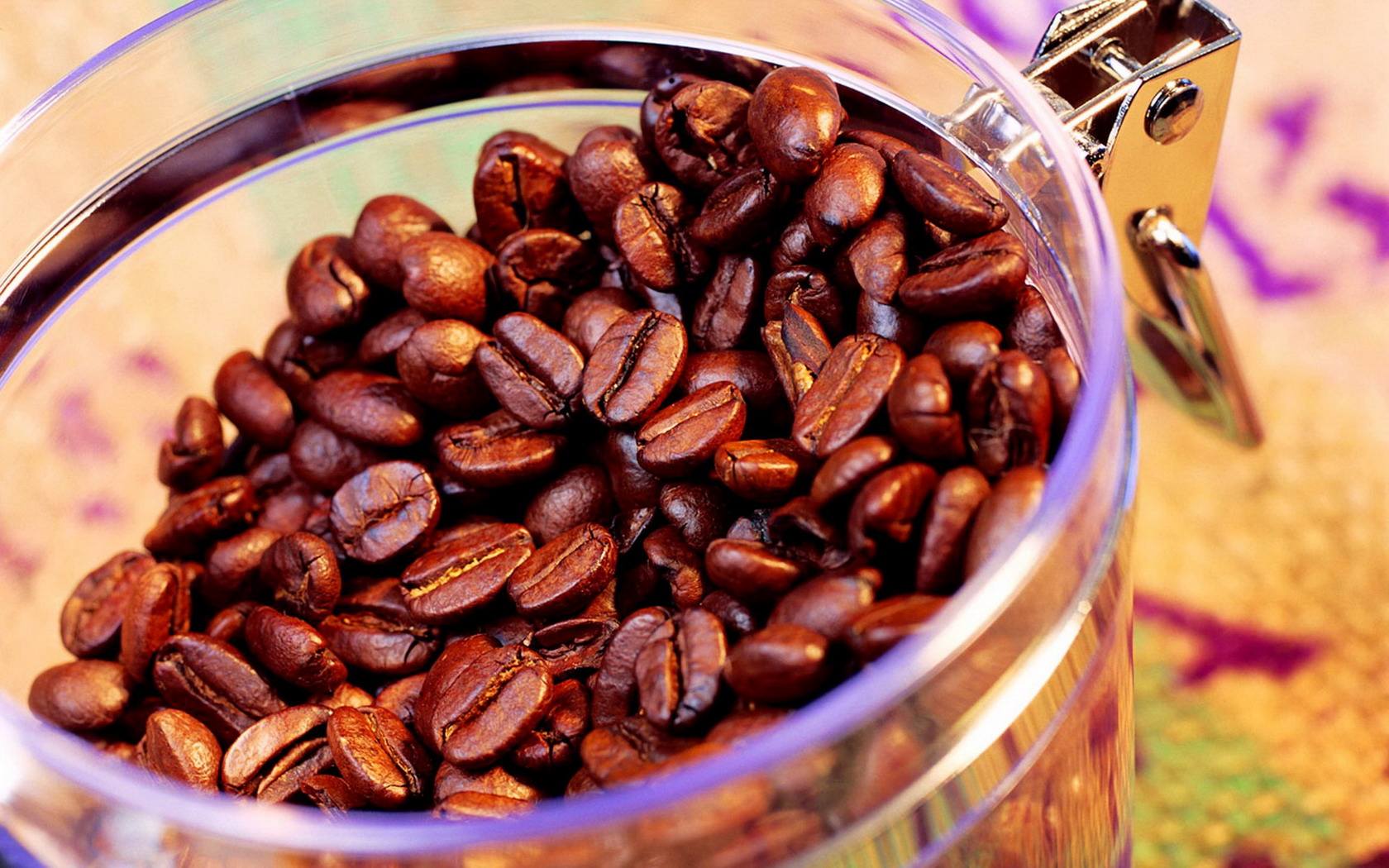Introduction to the flavor of summer coffee bean producing area of Panamanian coffee roses
Follow the caf é (Wechat official account vdailycom) and found that Beautiful Cafe opened a small shop of its own.
Panamanian coffee is most famous for its rare treasure-Rosa Coffee.
Geisha was discovered in the rose forests of Ethiopia in 1931 and sent to the Coffee Institute in Kenya; it was introduced to Uganda and Tanzania in 1936 and in Costa Rica in 1953. In Panama in the 1963, Mr. Don Bachi Francesco Zelachin, then working for the Panamanian Ministry of Agriculture, received the seeds from the well-known Centre for Tropical Agricultural Research and higher Education in Costa Rica (CATIE) and began to grow rosy summer coffee, which was not easy to come by because of extremely low yields and bidding.
Geisha, which is grown in many parts of the world, is the new king of boutique coffee, with high quality and high prices in Latin American countries such as Panama, Guatemala and Colombia.
Panama is located on the Panamanian isthmus in Central America, bounded by Colombia to the east, the Pacific Ocean to the south, Costa Rica to the west and the Caribbean Sea to the north. The territory is S-shaped to connect North and South America, and the Panama Canal connects the Atlantic and Pacific oceans from north to south. It is known as the "bridge of the world".

Panama covers an area of 75517 square kilometers, with a length of 772km and a width of between 60km and 177km. The coastline is 2988 kilometers long and the land boundary is 555 kilometers long. In terms of longitude and latitude, Panama is located between 7 °and 10 °north latitude and 77 °to 83 °west longitude. The whole territory of Panama is undulating, with vertical and horizontal valleys, mostly mountains except the north and south coastal plains. There are more than 400 Panamanian rivers, the larger of which are Tuila, Chebo and Chagrys.
Panama is near the equator and has a tropical maritime climate. It is humid during the day and cool at night. The annual average temperature is 23-27C °. The whole year is divided into two seasons of drought and rain, with an average annual precipitation of 1500-2500 mm.
The microclimate of the Panamanian highlands is the most important resource that makes Panamanian coffee unique. The east-west environment of the Republic of Panama allows cold air to flow through the Central Mountains at more than 6500 feet (about 1981 meters), thus creating a variety of microclimates in the Boquete and Volc á n-Candela regions, making it a major producer of Panamanian coffee.
These specialty coffees are grown in nutrient-rich and balanced land in the Baru volcano region, one of the Central American volcanoes.
The Baru volcano has an altitude of more than 11400 feet, and the land around it is rich in nutritious and fertile soil, providing sufficient conditions for the sowing and cultivation of coffee endemic to Panama.
The appropriate microclimate, soil, temperature and height of these highlands are suitable for sowing, planting and harvesting a variety of unique coffees. These coffees have jasmine, citrus, ripe fruit, berries, caramel, special sweetness, vanilla, chocolate and other flavors.
Important Notice :
前街咖啡 FrontStreet Coffee has moved to new addredd:
FrontStreet Coffee Address: 315,Donghua East Road,GuangZhou
Tel:020 38364473
- Prev

Panama Cupid Coffee Bean
Pay close attention to coffee comment (Weixin Official Accounts vdailycom ) and find a beautiful cafe to open its own shop [name]: Panama Cupid [production area]: Boquete Baru volcano area [variety]: Kaduai, Kadura, containing rose summer Geisha30%[processing method]: honey treatment and traditional washing [baking degree]: moderate light baking [raw bean specification]: 17-1
- Next

Indonesian Sumatra Kayuma noodles Mantenin long bean flavor
Following caf é (Wechat official account vdailycom) found that Beautiful Cafe opened a small shop of its own. Gayo Highland-Gayo Mountain is located in northwest Sumatra, Aceh Province, with a mountain height of 1300-1600 meters. It is also the highest coffee producing area in Indonesia. Gayo Mountain is a combination of volcanoes and lakes, the most famous of which is coffee.
Related
- Detailed explanation of Jadeite planting Land in Panamanian Jadeite Manor introduction to the grading system of Jadeite competitive bidding, Red bid, Green bid and Rose Summer
- Story of Coffee planting in Brenka region of Costa Rica Stonehenge Manor anaerobic heavy honey treatment of flavor mouth
- What's on the barrel of Blue Mountain Coffee beans?
- Can American coffee also pull flowers? How to use hot American style to pull out a good-looking pattern?
- Can you make a cold extract with coffee beans? What is the right proportion for cold-extracted coffee formula?
- Indonesian PWN Gold Mandrine Coffee Origin Features Flavor How to Chong? Mandolin coffee is American.
- A brief introduction to the flavor characteristics of Brazilian yellow bourbon coffee beans
- What is the effect of different water quality on the flavor of cold-extracted coffee? What kind of water is best for brewing coffee?
- Why do you think of Rose Summer whenever you mention Panamanian coffee?
- Introduction to the characteristics of authentic blue mountain coffee bean producing areas? What is the CIB Coffee Authority in Jamaica?

